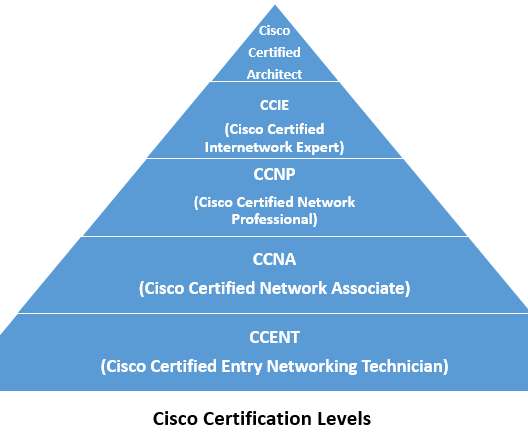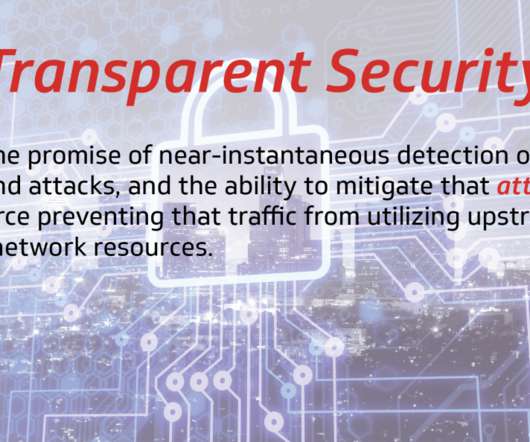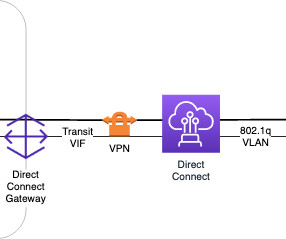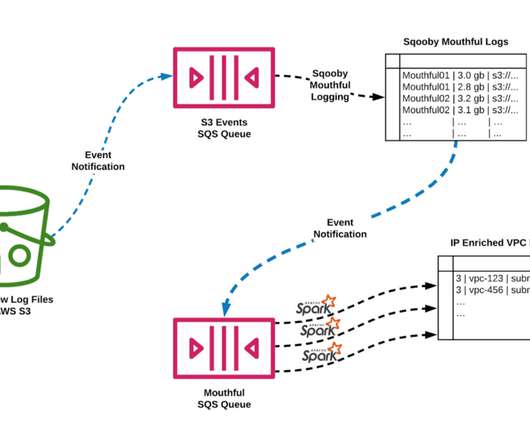How Tenable Helps Federal Agencies Meet CISA’s Binding Operational Directive 23-01
Tenable
OCTOBER 18, 2022
This directive applies to all IP-addressable networked assets that can be reached over IPv4 and IPv6 protocols. It builds on BOD 22-01 and outlines new requirements for cloud assets, IPV6 address space, and operational technology (OT) in an effort to reduce cyber risk. Asset discovery and vulnerability enumeration. New requirements.



















Let's personalize your content